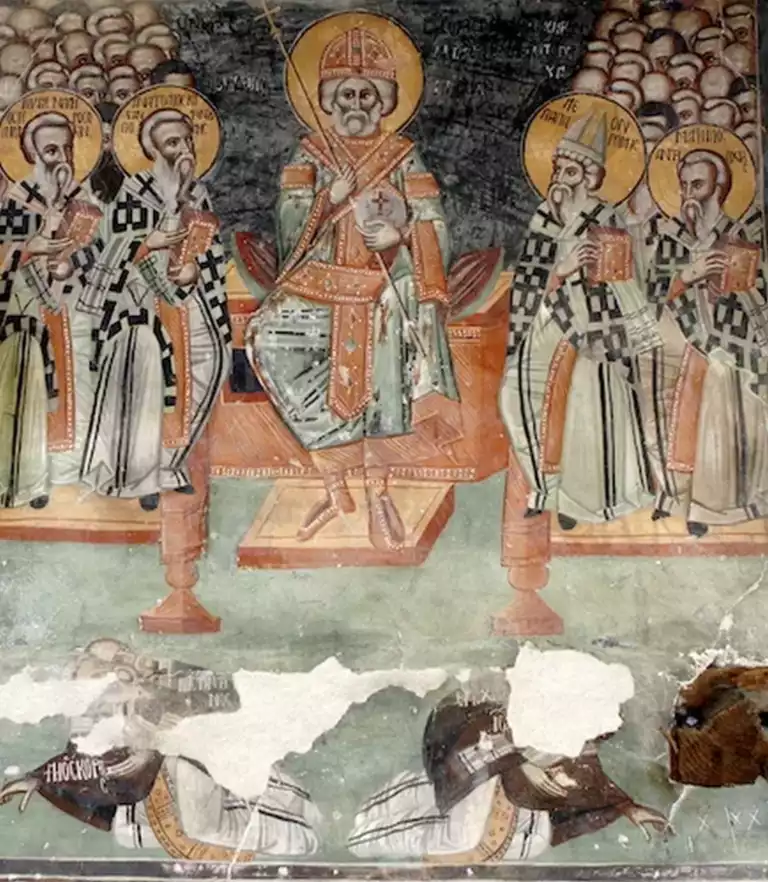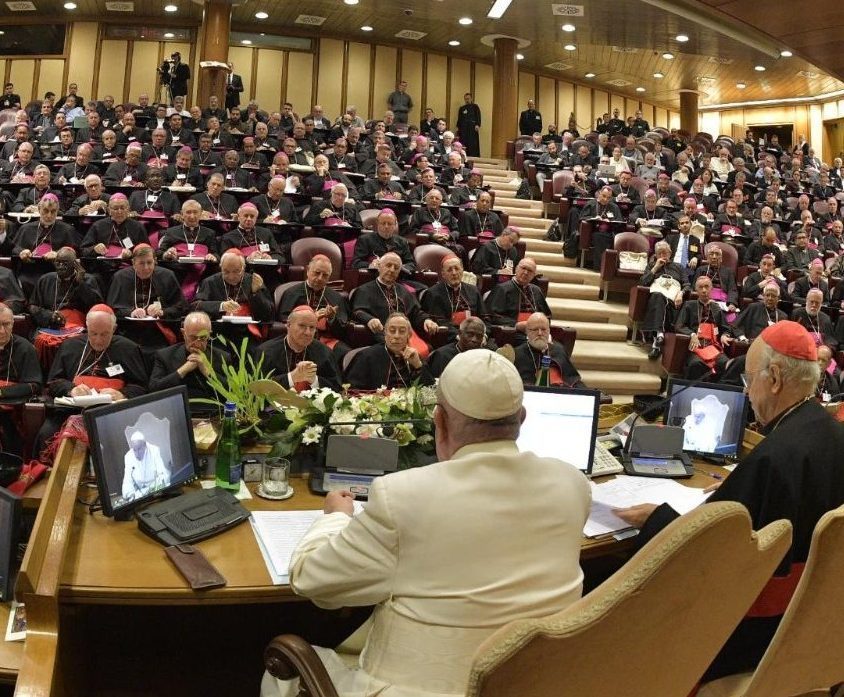The Historical and Structural Aspects of Synods

Synods, pivotal in the ecclesiastical landscape, serve as assemblies where church officials convene to deliberate on matters of doctrine, discipline, and administration. Historically, the term ‘Synod’ originates from the Greek ‘synodos’, meaning a meeting or assembly. Its biblical roots are discernible, although the specific term is not explicitly mentioned in the Scriptures. Synods, as they are known today, evolved from early Christian gatherings, reflecting a structured approach to church governance, incorporating traditions and practices established over centuries to maintain the integrity and unity of the faith. These gatherings are essential in upholding the theological and moral teachings of the Church, ensuring consistent interpretation and application across different regions and cultures.
The Evolution and Purpose of Synods
The development of synods can be traced back to the early Christian church. Initially, these gatherings were informal, focused on addressing the challenges faced by the nascent Christian community. As the church established itself, synods evolved into more formal entities, integral to maintaining doctrinal consistency and administrative order. The Council of Jerusalem, as depicted in Acts 15, is often considered a prototypical synod, highlighting the collaborative nature of decision-making in the early church.
Synods serve multiple functions, primarily focusing on upholding the integrity of church teachings. They provide a platform for discussing theological issues, resolving doctrinal disputes, and formulating church canons or laws. Synods also play a crucial role in administrative matters, such as the appointment of ecclesiastical officials and the oversight of church discipline. This multifaceted nature underscores their significance in shaping the direction and policies of the church.
The structure of synods varies across different Christian denominations. In some traditions, synods operate at a regional level, overseeing a group of churches within a specific geographical area. In others, they function at a national or even international level, addressing broader issues that impact the entire denomination. This variability demonstrates the adaptability of synods to different ecclesiastical contexts.
In conclusion, the concept of the synod is deeply ingrained in Christian tradition. Its historical evolution from early Christian gatherings to structured assemblies reflects the church’s ongoing effort to maintain unity, doctrinal integrity, and effective governance. Synods, through their deliberative processes, continue to shape the theological and administrative contours of the church, playing a crucial role in its mission and outreach. The next chapter will delve into the procedural aspects of synods, exploring how they function and the impact of their decisions on the wider church community.
Procedural Dynamics and Global Impact
Synods, in their operational essence, follow a structured and democratic process, ensuring representation and inclusivity in decision-making. These assemblies, typically convened at regular intervals, invite a diverse array of church officials, including bishops, clergy, and often lay representatives, reflecting the broad spectrum of the church community. The agenda of a synod is meticulously prepared, covering a wide range of topics from theological discussions to administrative reforms.
The proceedings within a synod are characterized by a spirit of dialogue and mutual respect. Proposals and issues are presented, debated, and voted upon. This democratic framework allows for a collective discernment process, fostering a sense of communal responsibility for the decisions made. The outcomes of these deliberations, often in the form of resolutions or decrees, have far-reaching implications, shaping the church’s stance on contemporary issues and guiding its future direction.
An essential aspect of synodal meetings is their ability to address pressing global and societal concerns from a faith perspective. This includes tackling subjects like social justice, environmental stewardship, and interfaith dialogue. The global impact of synods is evident as they often set the tone for the church’s engagement with the world, influencing its outreach and mission activities.
Synods stand as a testament to the church’s commitment to collective governance and doctrinal unity. They embody the principles of communion and participation, vital for a vibrant and responsive ecclesiastical community. As the church navigates the complexities of the modern world, synods continue to play an instrumental role in guiding its path, ensuring that its actions and teachings remain relevant and impactful.
References
- “For a Synodal Church: Communion, Participation, and Mission. Vademecum for the Synod on Synodality.” Vatican Press, 2021. Accessed 19 Dec. 2023. Vatican Press.
- “Synod.” Encyclopædia Britannica, 2023. Accessed 19 Dec. 2023. Britannica.
- “General Synod.” The Church of England, 2023. Accessed 19 Dec. 2023. Church of England.
- “Holy Synod.” The Church of Greece, 2023. Accessed 19 Dec. 2023. Church of Greece.

